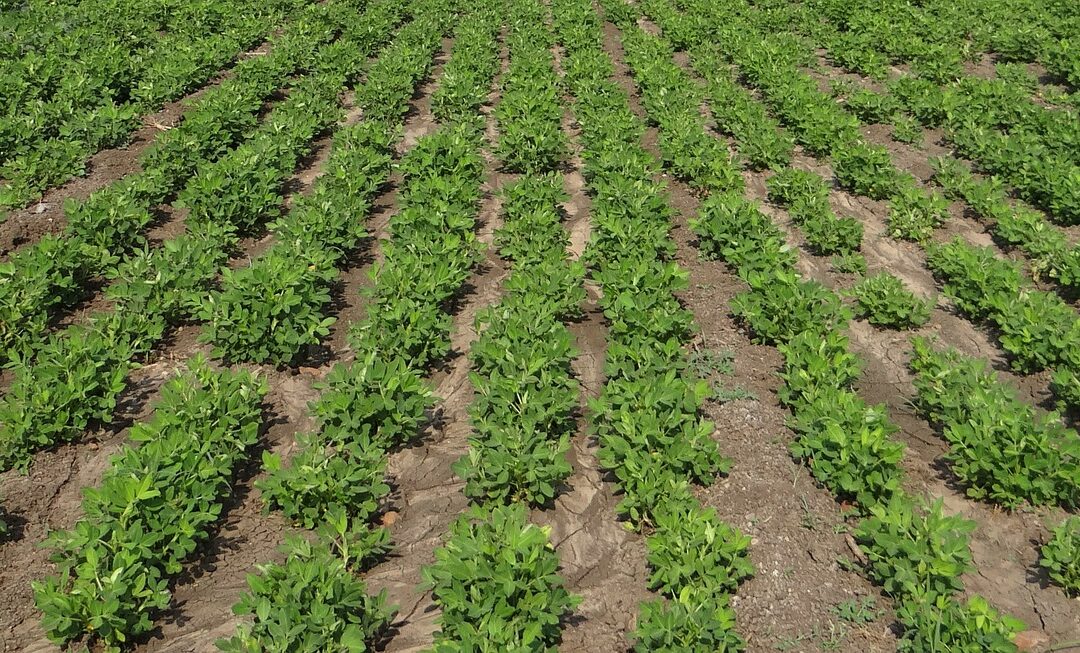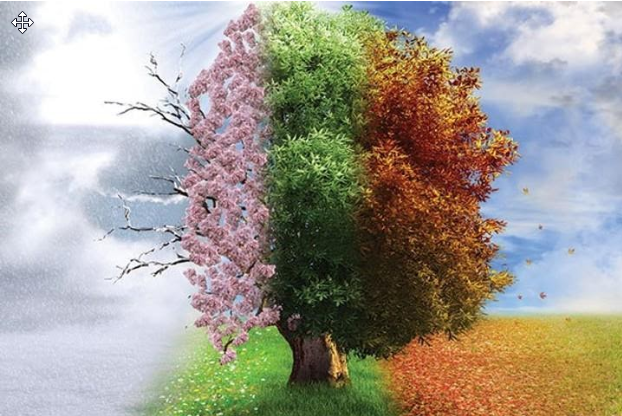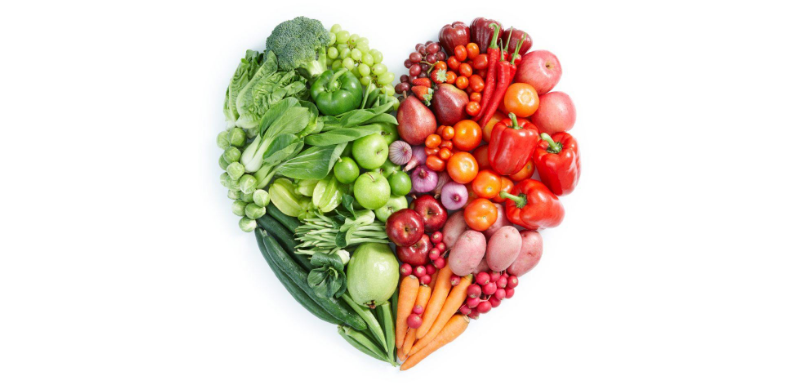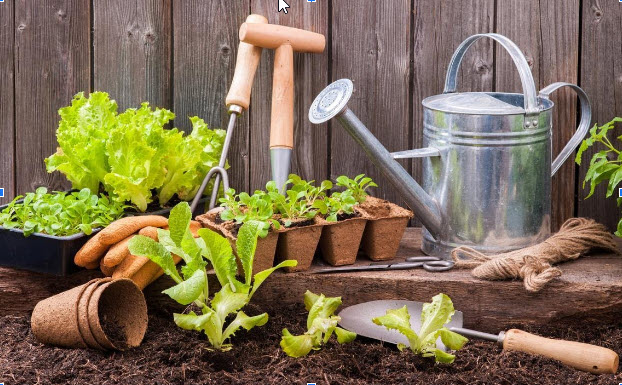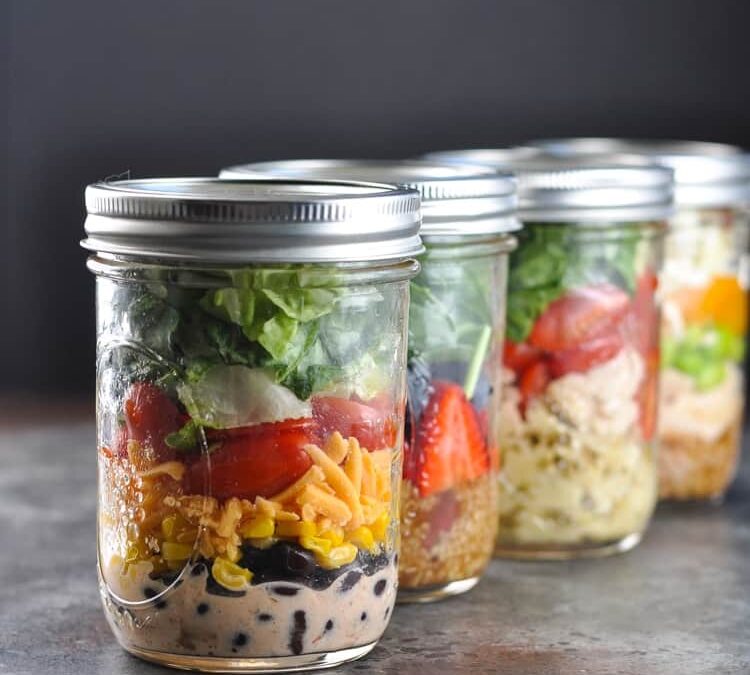
Shake Open Plate and Eat Your Salad in a Jar
Shake Open Plate and Eat Your Salad in a Jar
1. Greek salad jar: balsamic, chickpeas, bell peppers, onion, olives, chicken, feta + kale
- Tex Mex salad jar: balsamic, tomatoes, bell pepper, onion, corn, ground turkey + mixed greens
3. BLT Remix salad jar: 1-2 tbsp @primalkitchenfoodspaleo ranch, tomatoes, cucumbers, 2 eggs, 2 pieces nitrate-free bacon, mixed greens
4. Veggie goddess: 1 tbsp balsamic, tomatoes, cucumbers, quinoa, beans, onion + mixed greens
Which one will you make? Share your creations or your salad jar recipes here. I look forward to using produce from the farm to create these yummy delights. Photo edited from Amanda Meixner’s image courtesy of the @MeowMeix Instagram post.

